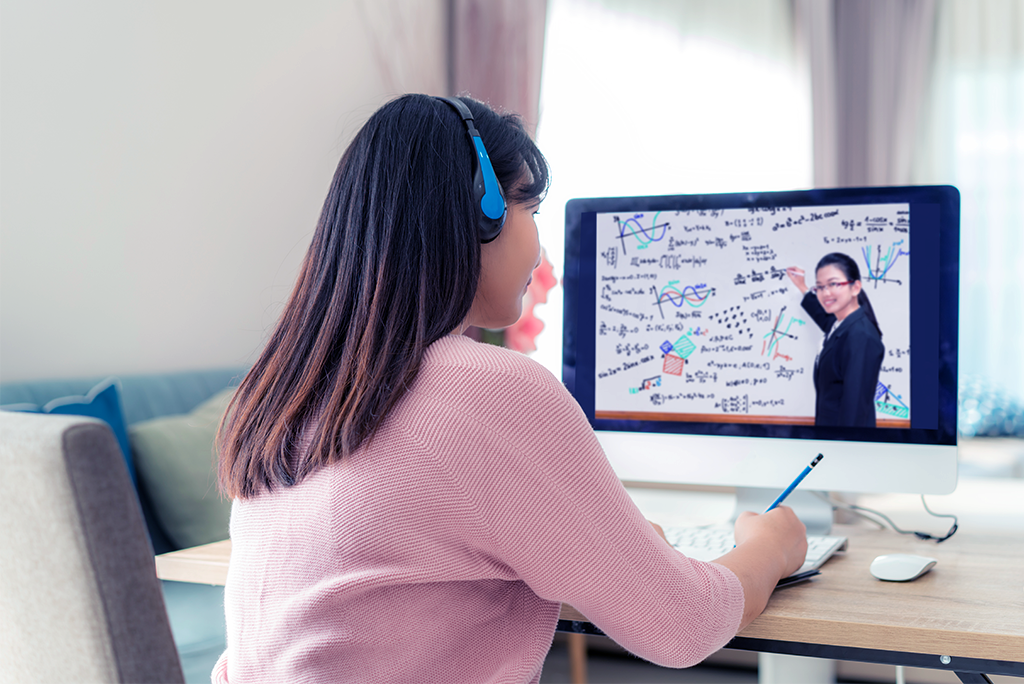
During the COVID-19 pandemic, millions of college students all over the world had to finish their spring semesters online. While distance learning has helped some students continue their education off campus, it has also created major challenges for science and engineering students whose education relies strongly on in-person lab work.
Going forward, some universities are planning to use a hybrid model of distance learning and in-person lab work. For example, the University of Washington plans to maintain distance learning for most of its larger lectures next semester, but may provide scaled-down in-person classes as well as labs where STEM students can work while still practicing social distancing.
“This crisis has created, in essence, thousands of laboratories across the nation experimenting with different approaches to teaching, to learning, to evaluation, to assessment and we will be looking to see which experiments have been more successful, which haven’t,” University of Washington President Ana Mari Cauce told GeekWire. “We will be leading with that science. There’s no question we already are.”
The Challenges of Creating Remote Labs
As the pandemic forced colleges and universities to close, many instructors scrambled to figure out ways to recreate their labs online. To make matters more difficult, 70% of college educators in the U.S. have never been trained on how to teach classes online, according to Bloomberg. Some lab instructors have ended up relying heavily on simulation software. However, simulations can frustrate students for a number of reasons.
“Because it’s free, it’s got a lot of bugs,” Elijah Guzman, a student at the University of Texas at San Antonio who uses simulation software for his circuit design lab, told Express News. “Sometimes it’ll just crash out of nowhere.”
Normally, teaching assistants help students understand how to assemble circuits in electrical engineering labs. But now, students who are taking remote labs must teach themselves. Through simulations, they assemble components using a virtual menu, rather than doing the more practical work of connecting real components and wires with their fingers.
In some cases, instructors have sent documents that explain the process of putting components together instead of having the students assemble anything at all. As a result, some students feel like they are not truly learning the mechanics.
“They can study the theory all they want,” said Cici Legarde, a mechanical engineering student. “Unless they see it in person they won’t realize there will always be a percent error…They never think about why the calculations might be wrong.”
While it can be difficult, some educators have had success in creating remote labs. For example, some instructors are incorporating materials into remote labs that students can easily find at home. Additionally, Stanford University is providing best practices that help instructors understand how to move their labs online.
Why Are MOOCs Suddenly Popular?
Since the pandemic, massive open online courses, commonly known as “MOOCs,” have seen a resurgence in popularity with students and professionals. Between March and May 2020, the MOOC platform Coursera added 10 million users alone.
Platforms that are successful at harnessing these vast learning networks often contain a simple formula:
- Ensure instructional videos are under 6 minutes and are intermixed with interactive exercises and quizzes
- Incorporate virtual forums where students can help one another and discuss issues
- Include virtual instructors and mentors
“Active learning works, and social learning works,” Anant Agarwal, founder and chief executive of the MOOC platform edX, told the New York Times. “And you have to understand that teaching online and learning online are skills of their own.”
Free On-Demand Events to Help You Transition to Distance Learning
Check out these informative webinars to learn how to better manage the transition to online learning and e-curriculums. Guest speakers include professors, university librarians, and publishers, who provide tips on how to engage with students in these unusual circumstances. Explore now!
Effective Remote Instruction: Reimagining the Engineering Student Experience
University faculty and department leaders from around the world were invited to this free virtual conference at the end of July to learn best practices for remote instruction, share their experiences, and network virtually. Watch the recorded sessions on demand. Taught by experienced university engineering educators and researchers, session topics included hosting effective labs online, managing remote student teams, and self-assessing your remote teaching methods. Watch now!
Grow Your Technical Knowledge with Online Courses
If you’re looking to supplement your studies or advance your career, check out the wide range of learning and career-enhancement opportunities on the IEEE Learning Network (ILN). Start learning today!
Resources
Nickelsburg, Monica. (27 May 2020). Back to real school? University of Washington to blend small in-person classes with online learning. GeekWire.
Malik, Alia and Torralva, Krista. (27 May 2020). Months without hands-on lab classes will leave San Antonio’s university students playing catch-up. San Antonio Express-News.
Steve Lohr. (26 May 2020). Remember the MOOCs? After Near-Death, They’re Booming. The New York Times.
Ismail, Kaya. (15 April 2020). How Universities Are Handling the Shift to Distance Learning. CMS Wire.


[…] most online learning platforms come with tools and features that not only allow you to engage with students, but may also make it even easier to do so than in […]